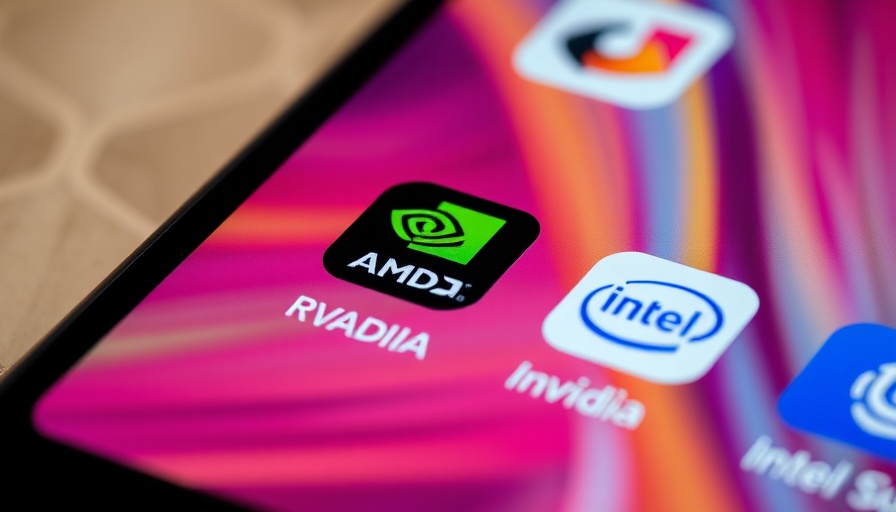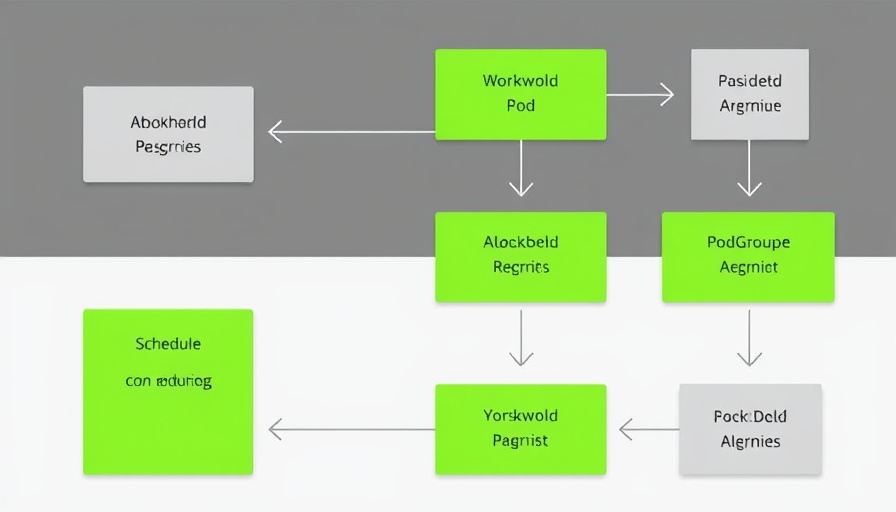
Understanding the Semiconductor Landscape
The semiconductor industry is at a pivotal crossroads brought on by geopolitical tensions, evolving supply chain dynamics, and significant market shifts. Central to this landscape is Intel's ongoing struggle to maintain its competitive edge against resurgent rivals like AMD and Nvidia. As noted in a recent analysis, Intel’s investment strategy emphasizes the critical nature of semiconductor production in future economies and warfare, which underscores why the U.S. administration is focused on bolstering domestic production capabilities.
Potential Joint Ventures: A Game-Changer for Intel?
Intel's recent strategies involve exploring potential partnerships with key industry players such as Nvidia, AMD, and TSMC. The goal of these collaborations is to enhance vertical integration and optimize operational efficiencies, especially in light of Intel's substantial losses in the past year, such as an $18.8 billion net loss reported recently. Should effective partnerships be formed, this could fundamentally alter the competitive balance, enabling Intel to reclaim its market share in various segments.
Technological and Political Implications
Not only are there technological concerns surrounding Intel’s manufacturing capabilities, but political factors also play a significant role. The discussions revolving around partnerships with TSMC come amid legislative frameworks like the CHIPS Act, which aims to instill confidence in American semiconductor manufacturing. However, these partnerships necessitate careful navigation through potential regulatory hurdles, particularly regarding foreign control over critical domestic industries.
Future Opportunities With AI-Driven Tech
Investors and tech enthusiasts alike should be keeping a close eye on how Intel’s evolution and strategic partnerships will unfold, particularly in the realm of AI. The burgeoning AI landscape is now closely tied to the semiconductor market; thus, any shifts or collaborations that occur within this sphere could have profound implications for innovation and market viability. Intel’s ability to manage its AI development pipeline effectively could be a crucial factor in determining its success or ongoing struggles in the market.
Addressing Market Misconceptions
As discussions regarding the semiconductor industry's future intensify, it’s essential to challenge some prevalent misconceptions. One such myth is that Intel is entirely obsolete; however, the reality is that the company still holds significant assets and technological expertise. Furthermore, despite current leadership challenges and past setbacks, there remains an optimistic potential for a turnaround driven by sharp collaborations and focused restructuring.
Your Role in Navigating These Changes
For AI enthusiasts and investors who are closely monitoring these developments, understanding the implications of these partnerships can provide strategic insights. Whether you are an investor looking to capitalize on shares from Intel or a tech enthusiast seeking to comprehend innovations reshaping the industry, staying informed will be critical.
Conclusion and Call to Action
The semiconductor industry is teetering on the brink of significant transformation with joint ventures that could redefine market dynamics and technological capabilities. As the landscape evolves, continue to watch how Intel and its potential partners like Nvidia and TSMC navigate these challenges responsibly. For those eager to dive deeper into the implications of AI and semiconductor production, follow developments actively and consider how these changes might impact your investment strategies.
 Add Row
Add Row  Add
Add 




 Add Row
Add Row  Add
Add 

Write A Comment